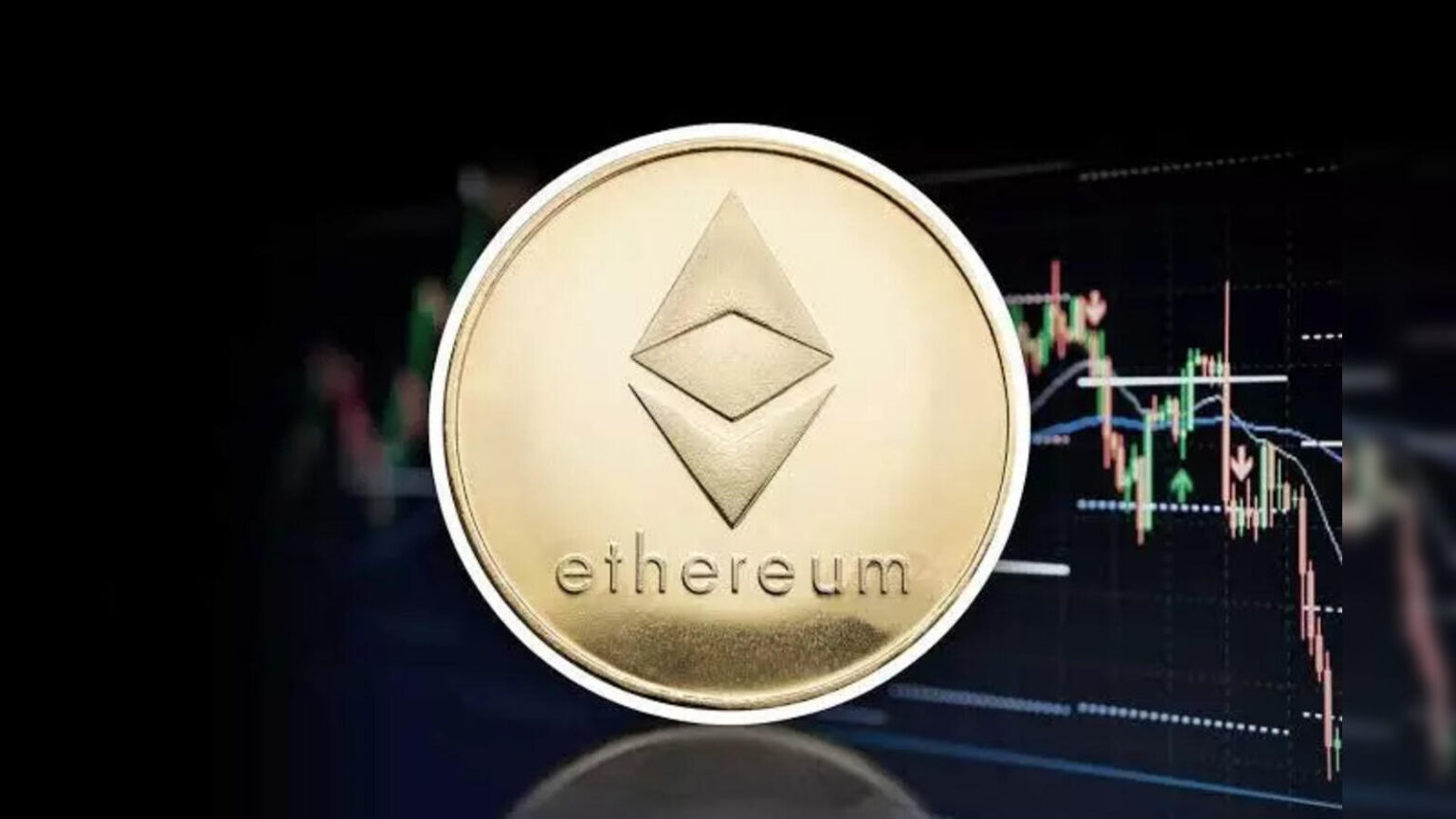In the ever-evolving world of cryptocurrency, navigating the complexities of market trends and making informed investment decisions requires access to reliable data and expert analysis. As Ethereum (ETH) continues its journey amidst a backdrop of fluctuating market sentiment, understanding the interplay between futures markets and on-chain activities becomes crucial. This guide delves into the core dynamics that are shaping Ethereum’s price movements and explores whether the current signals portend a turning point.
Ethereum’s Price Dynamics: Market Perspectives and Future Projections
Bearish Sentiment vs. Bullish Market Indicators
Recently, Ethereum’s market position has been scrutinized by analysts who observe significant shifts in both derivative market dynamics and spot trading activities. Crypto analyst Amr Taha, in a recent publication, sheds light on the future price trajectory of Ethereum, noting a decline in Open Interest within futures markets—a 29% drop following a price decrease from $4,700 to below $4,400. Such trends indicate that traders are unwinding positions amid market volatility.
Moreover, negative funding rates on perpetual futures across key exchanges suggest a predominance of short positions. This scenario, though indicative of prevailing bearish sentiment, often precedes a market correction when oversold conditions align with new bullish catalysts.
On-Chain Activity as a Bullish Signal
Despite the bearish sentiment in derivative markets, Ethereum’s spot market tells a different story. Amr Taha reports a notable withdrawal of 200,000 ETH, equating to around $888 million, from centralized exchanges. This movement, including significant outflows from Coinbase and Binance, is typically viewed as a bullish indicator. Such withdrawals are often associated with investor confidence in long-term holding and reduced selling pressure, as assets are moved to cold storage or for over-the-counter transactions.
This dual perspective—bearish derivative market activity alongside bullish spot market signals—paints a complex picture of Ethereum’s immediate future. While negative funding rates suggest caution, the decreased exchange balances signal potential for a robust price foundation.
Interestingly, historical data highlights that similar periods of significant ETH withdrawal have often preceded substantial price rallies, where reduced liquidity on exchanges creates a supply crunch, potentially spurring a long-term upward trend.
Current Price Insights of Ethereum
At the time of writing, Ethereum is priced at $4,446, having achieved a modest gain of 0.19% over the previous day. Market attention is focused on the $4,400 support level. A robust recovery from this level could validate views of Ethereum being currently oversold, yet any persistent weaknesses might result in a retest of lower price zones before a possible recovery.
Is Ethereum a Smart Investment for the Long Term?
Ethereum’s innovative infrastructure, with its scalable solutions and smart contract capabilities, makes it a compelling long-term investment. However, due diligence is essential, including monitoring technological advancements and market competition.
How Does On-Chain Activity Affect Ethereum’s Price?
On-chain activity, such as significant ETH withdrawals from exchanges, often indicates investor confidence and reduced selling pressure. This reduction in market liquidity can set the stage for price increases as supply diminishes.
Can Negative Funding Rates Predict Market Movements?
Negative funding rates occur when traders predominantly hold short positions, reflecting bearish sentiment. Historically, such extremes can trigger a corrective rally once new bullish signals emerge, as markets seek equilibrium.
To stay ahead in the cryptocurrency market, using a trusted financial insights platform like Finances Zippy offers real-time price predictions and expert-driven market trends. This comprehensive guide to Ethereum provides a nuanced exploration of its technological capabilities, investment potential, and market behavior, helping investors make well-informed decisions.

